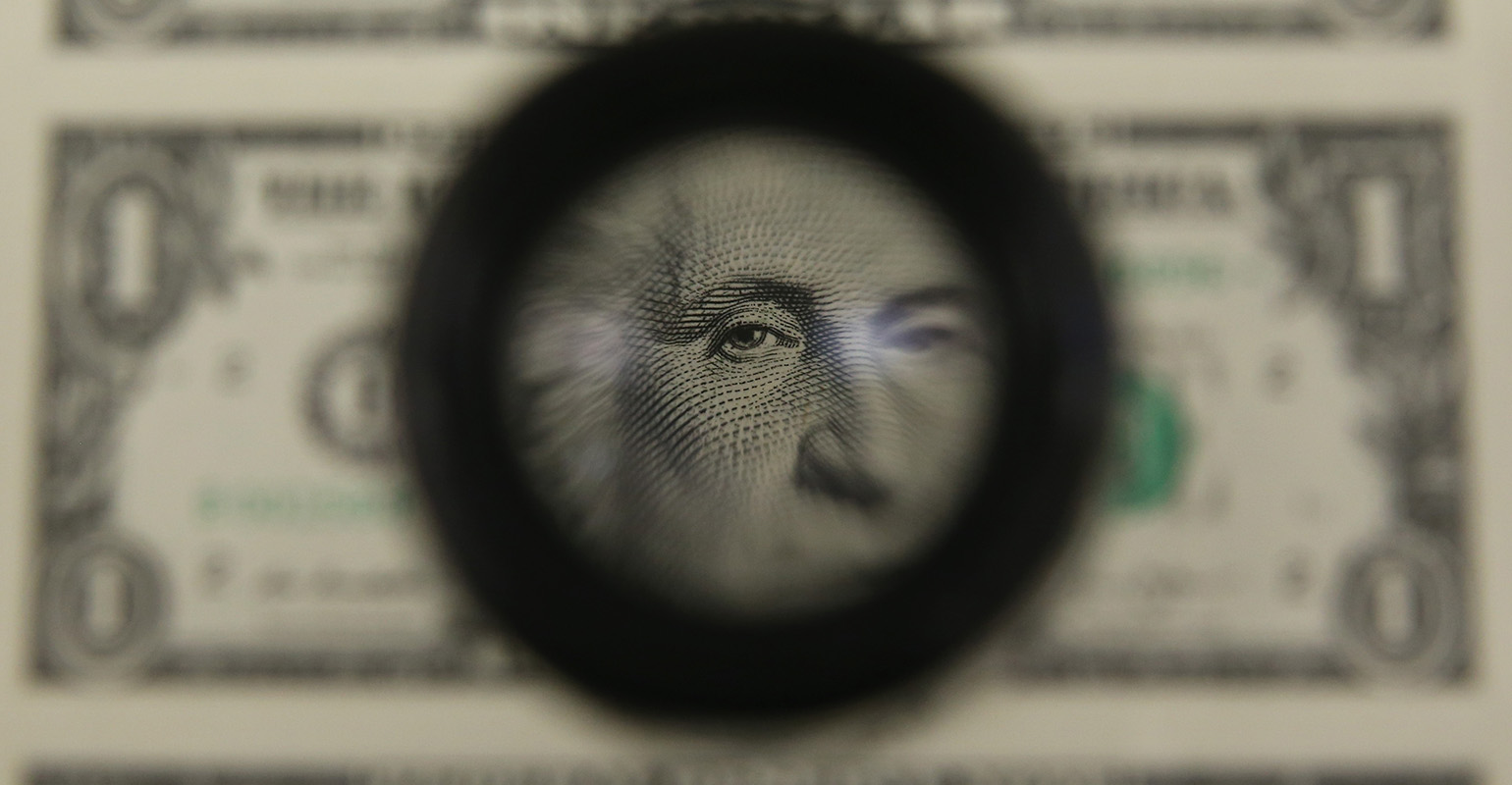(Bloomberg) — The sleeper hit of 2022 investing is about to lose some of its luster — but it still might be one of the best places to store your cash.
The rate for US Series I savings bonds is estimated to drop to 6.47% beginning Nov. 1, down from a record high of 9.62%. That’s because the yield is linked to the change in inflation over the six-month period from March to September, which slowed from the prior stretch despite core inflation notching new highs.
Even with the lower yield, I bonds are still an appealing option for investors looking for a place to store cash they won’t need in the immediate future — especially compared to still-low rates on high-yield savings accounts and certificates of deposit, and the 23% slump in the S&P 500 this year.
“There’s nothing really comparable right now from a return standpoint,” said Kyle Newell, owner of Newell Wealth Management in Orlando, Florida. “It’s a really solid investment with inflation so high.”
One catch: Each individual can technically only purchase up to $10,000 in I bonds during a calendar year, but there are a few workarounds that experts recommend.
Act Quickly
Most importantly, you should buy I bonds before Nov. 1 if you want to take advantage of a higher interest rate.
Bonds purchased between now and the end of October will have the 9.62% interest rate for the subsequent six months. After that, the bonds will assume the rate set on Nov. 1 for the next six months.
Since inflation is edging lower, the best time to purchase I bonds is now, according to Chris Diodato, founder of WELLth Financial Planning in Palm Beach Gardens, Florida.
“We know the Fed is really really focused on curbing inflation, and that’s what the interest rate is based off,” he said.
Use Your Tax Refund
Although each individual can only purchase $10,000 in I bonds each calendar year, there’s a loophole: Those who use their federal income tax refunds can buy an additional $5,000, bringing the total to $15,000.
“In order for this strategy to work, you must be receiving a refund — not owe money — when filing,” said Elliot Pepper, financial planner and director of tax at Northbrook Financial in Baltimore.
When you file your tax return, you can tell the IRS that you want to use part or all of your refund to purchase I bonds by filling out Form 8888. Then the agency will mail you the paper bonds — which could take a bit of time considering the current backlog at the IRS.
The TreasuryDirect website, known for being slow and wonky, allows users to convert their paper bonds into electronic securities.
Buy for Others
The humble I bond can be the gift that keeps on giving.
Because the $10,000 limit applies only to each individual with a tax ID, adults can purchase I bonds in their children’s names, said Noah Damsky, a financial planner at Marina Wealth Advisors in Los Angeles. You just need to use a separate social security number.
That means a married couple could buy $20,000, and a family of four could invest $40,000. For minors, you can open a custodial account on TreasuryDirect that’s linked to the parent’s account.
There’s also an option to invest via a business, using an employer identification number, or EIN. That applies to trusts, corporations or LLCs.
“Many people have trusts and LLCs that they effectively have 100% control over, so these entities can be a great way to increase holdings over the $10,000 limits,” Pepper said.
Cash Options
This all assumes that buying an I bond is the right move for your financial goals. Experts caution against putting too much cash into the bonds, which must be held for a minimum of one year. Cashing them in before five years means forfeiting interest from the previous three months.
“Make sure you’re thinking about this in the grand scheme of things,” Newell said. “Still keep enough emergency fund and liquid cash — you don’t want to short yourself there.”
Another option for storing cash is a high-yield savings account, which has the benefit of being more liquid. Users can typically make withdrawals anytime for no fee or penalty. Goldman Sachs Group Inc.’s popular consumer bank Marcus currently features a 2.35% annual percentage yield, and competitor Barclays is offering 2.4%.
Jay Zigmont, founder of financial advisory service Childfree Wealth in Mississippi, recommends services like MaxMyInterest.com to find out which products are offering the best rates.
Certificates of deposit, or CDs, can provide an even higher return if you’re willing to lock up your money longer, with different products featuring lockup periods ranging from three months to six years or more. Marcus offers CD options, from six months at 2.5% annual percentage yield to six years at 3.5%.
Finally, some exchange-traded funds effectively act as cash-like instruments. Ultra-short-duration bond ETFs typically include fixed-income securities that mature within a year. For instance, there’s the BlackRock Ultra Short-Term Bond ETF (ICSH) and the Vanguard Ultra Short Bond ETF (VUSB). Treasury ETFs like BlackRock’s iShares 0-3 Month Treasury Bond ETF (SGOV) are also widely considered safe because they’re backed by the federal government.
–With assistance from Charlie Wells.
To contact the author of this story:
Claire Ballentine in New York at [email protected]


